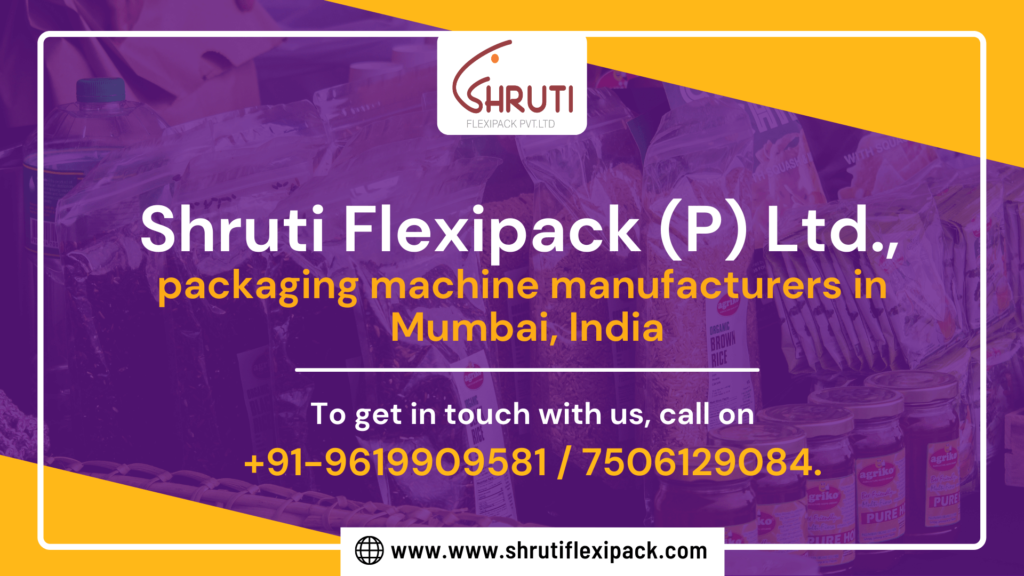
The Pros and Cons of Flexible Packaging vs Rigid Packaging
Latest Post



How To Find The Best Liquid Packaging Machines For Your Business?
June 10, 2022
No Comments
Read More »

Everything to Know before Investing in a Sachet Packing Machine
May 11, 2022
No Comments
Read More »
Categories
Facebook Updates
Looking for a specific information ?
Write to us


